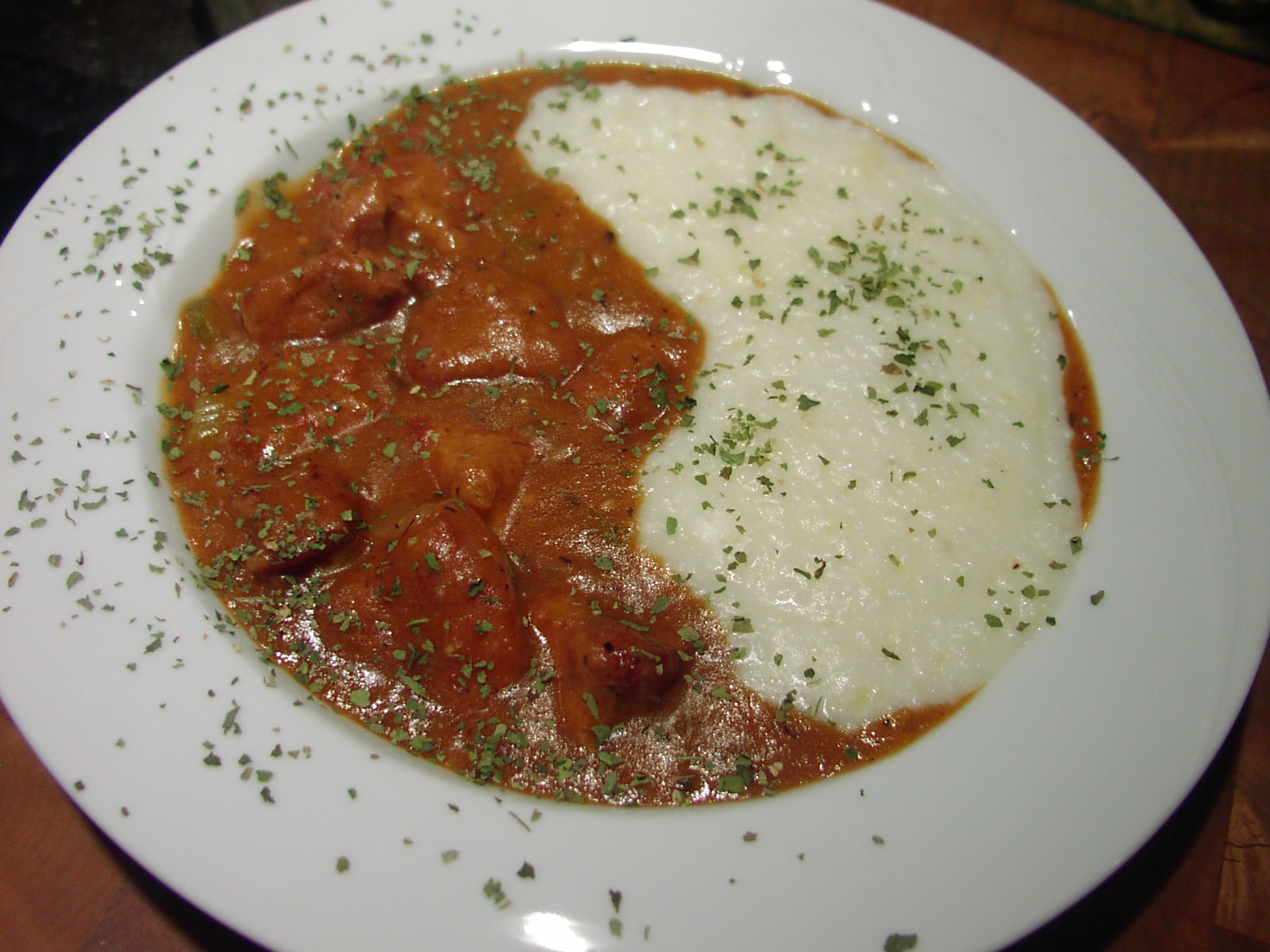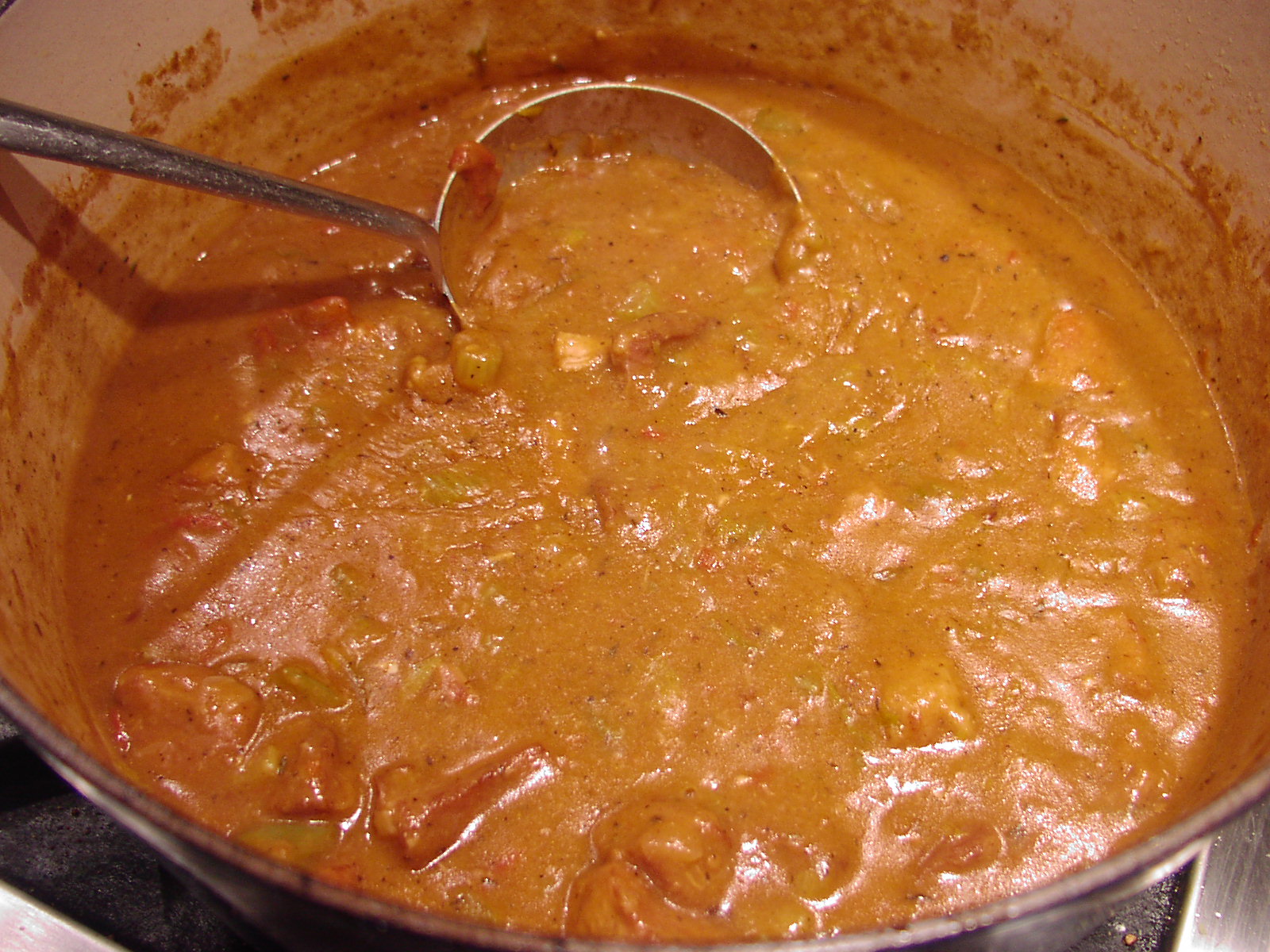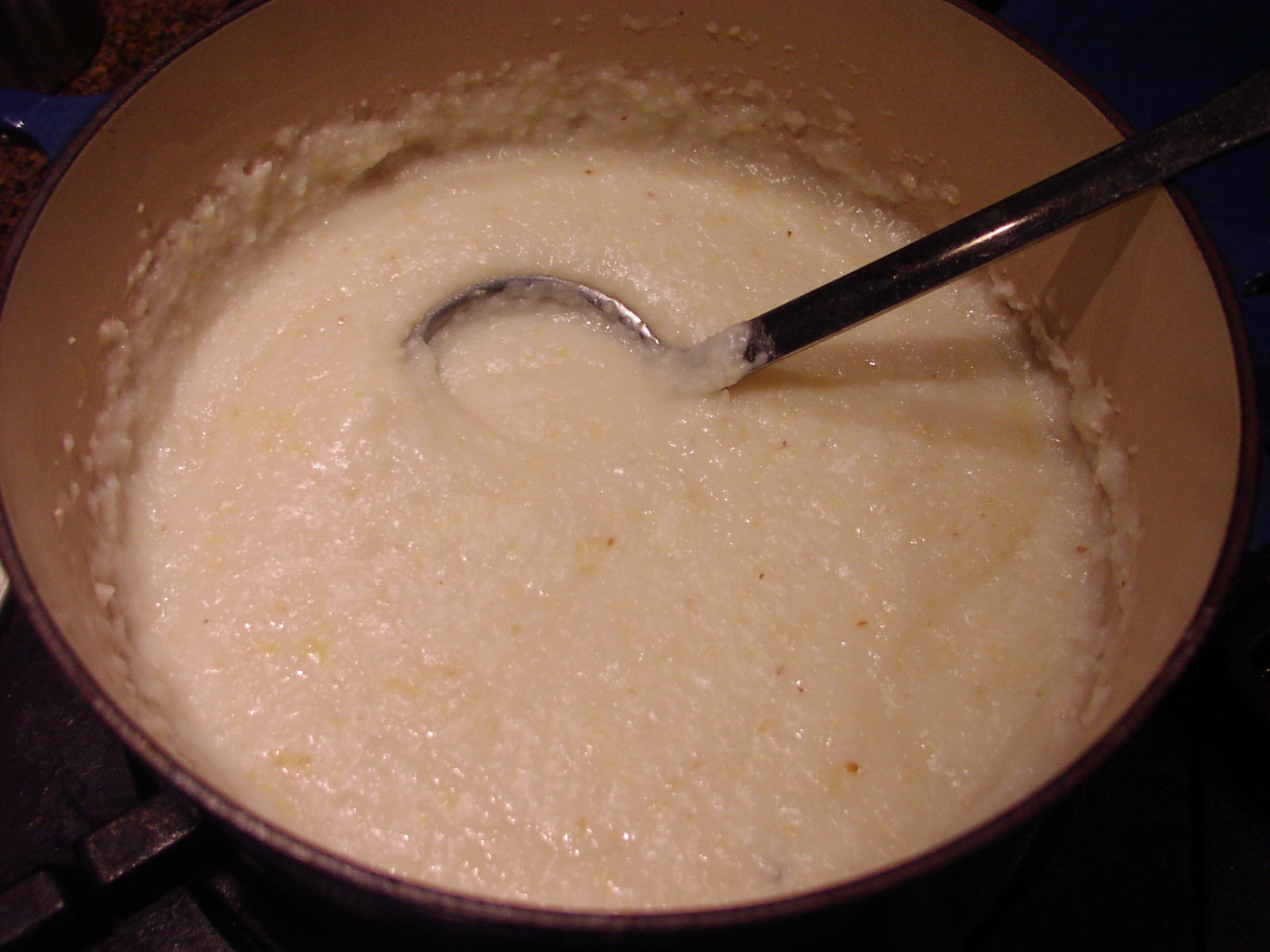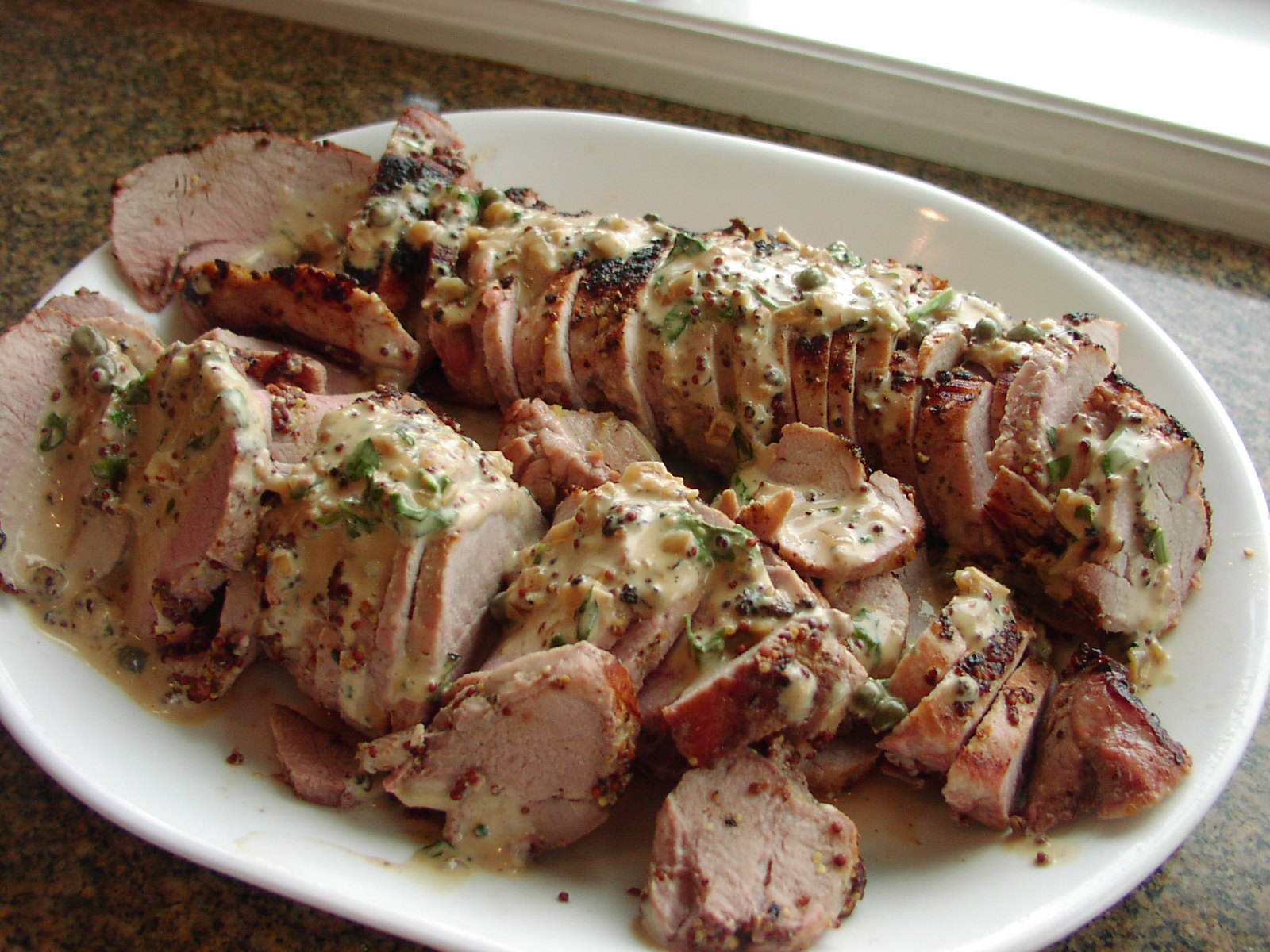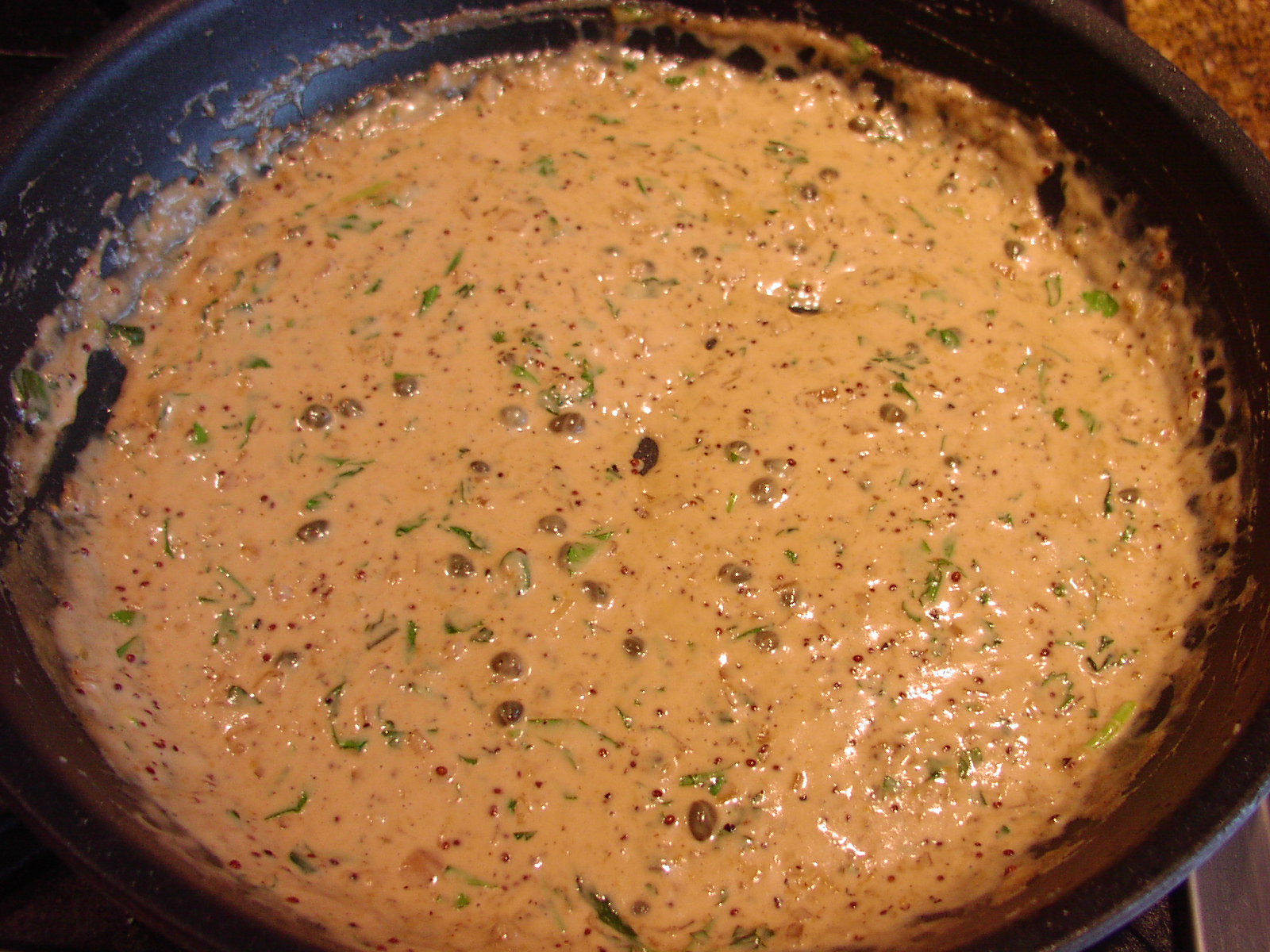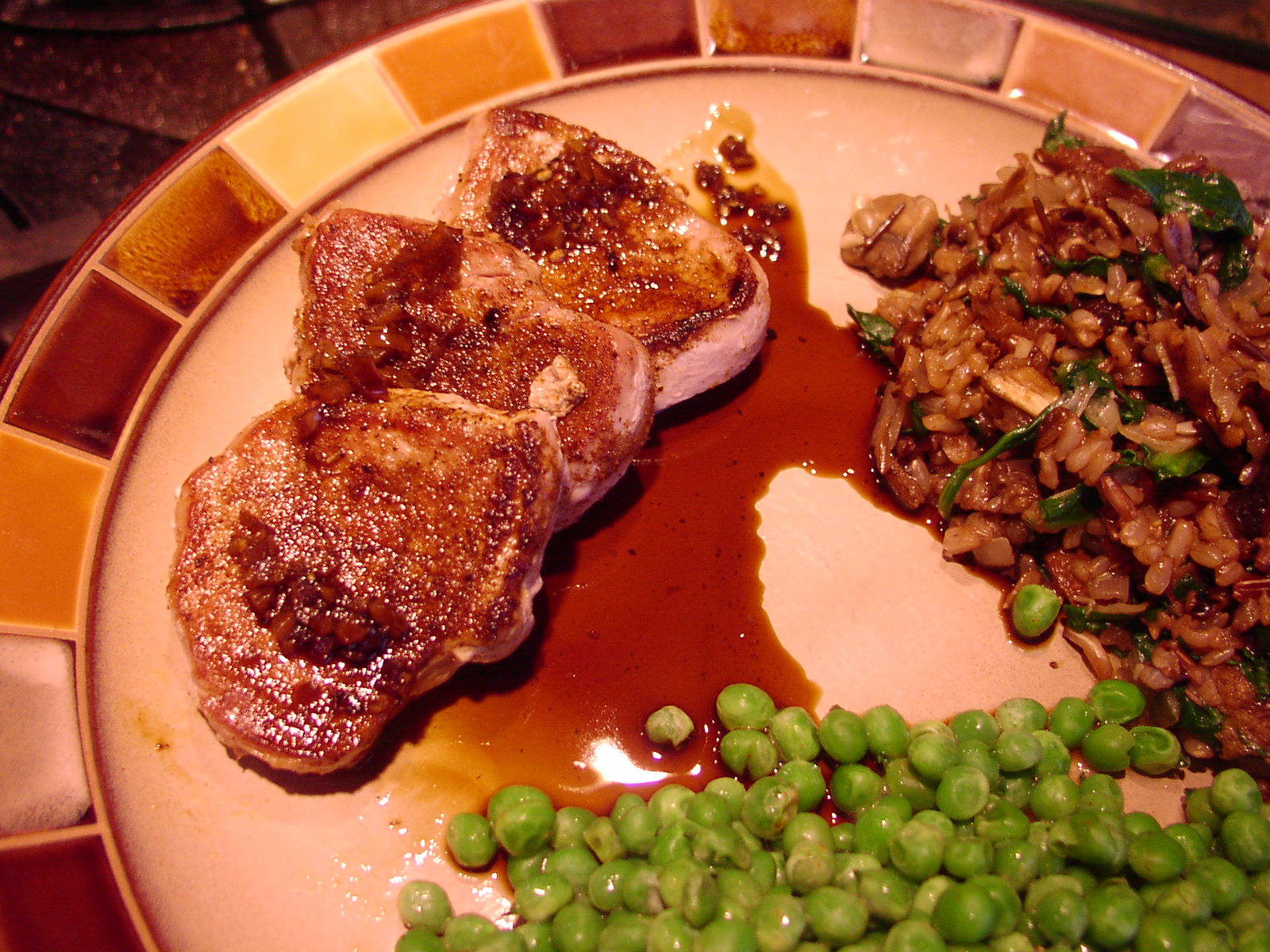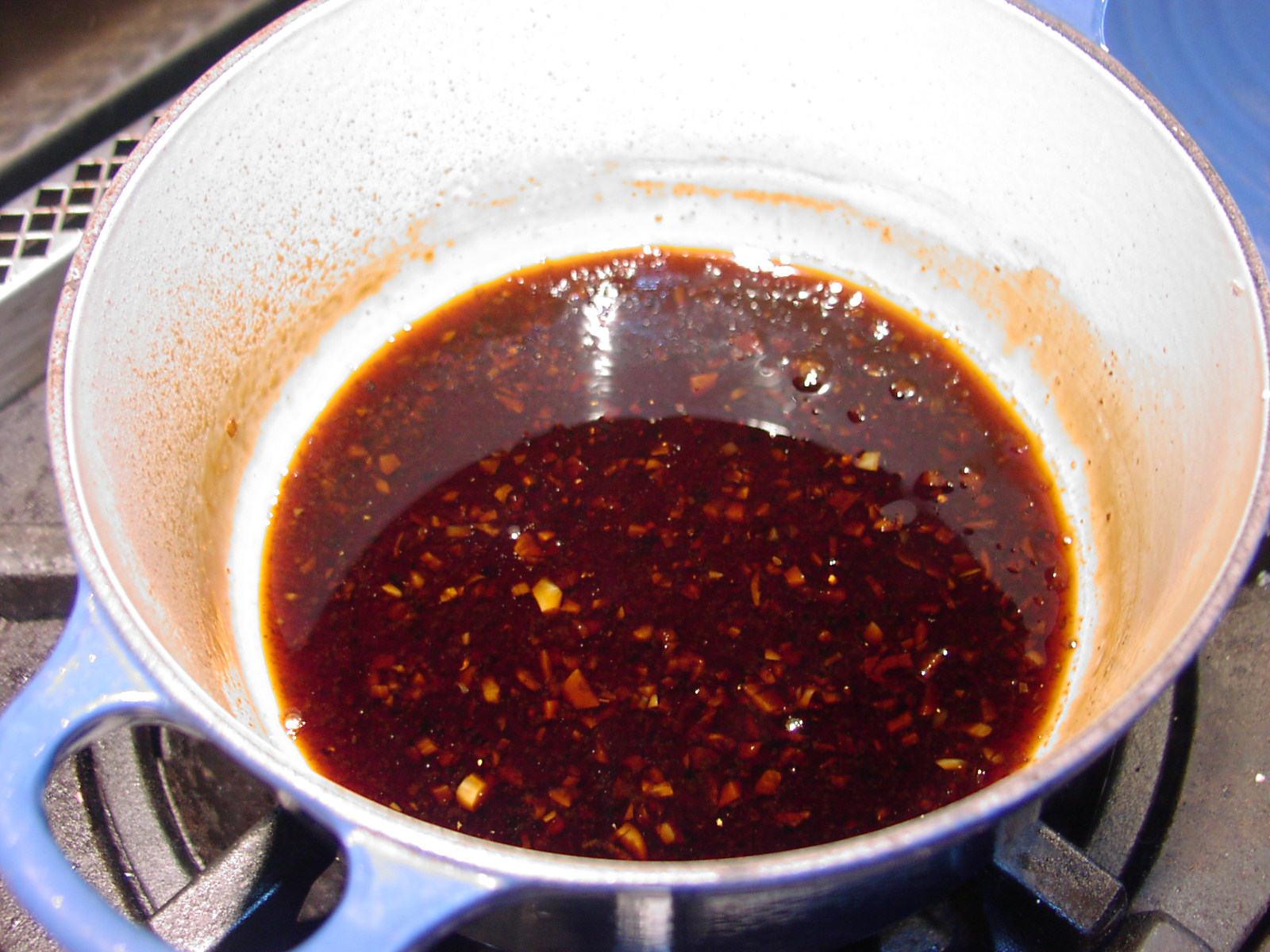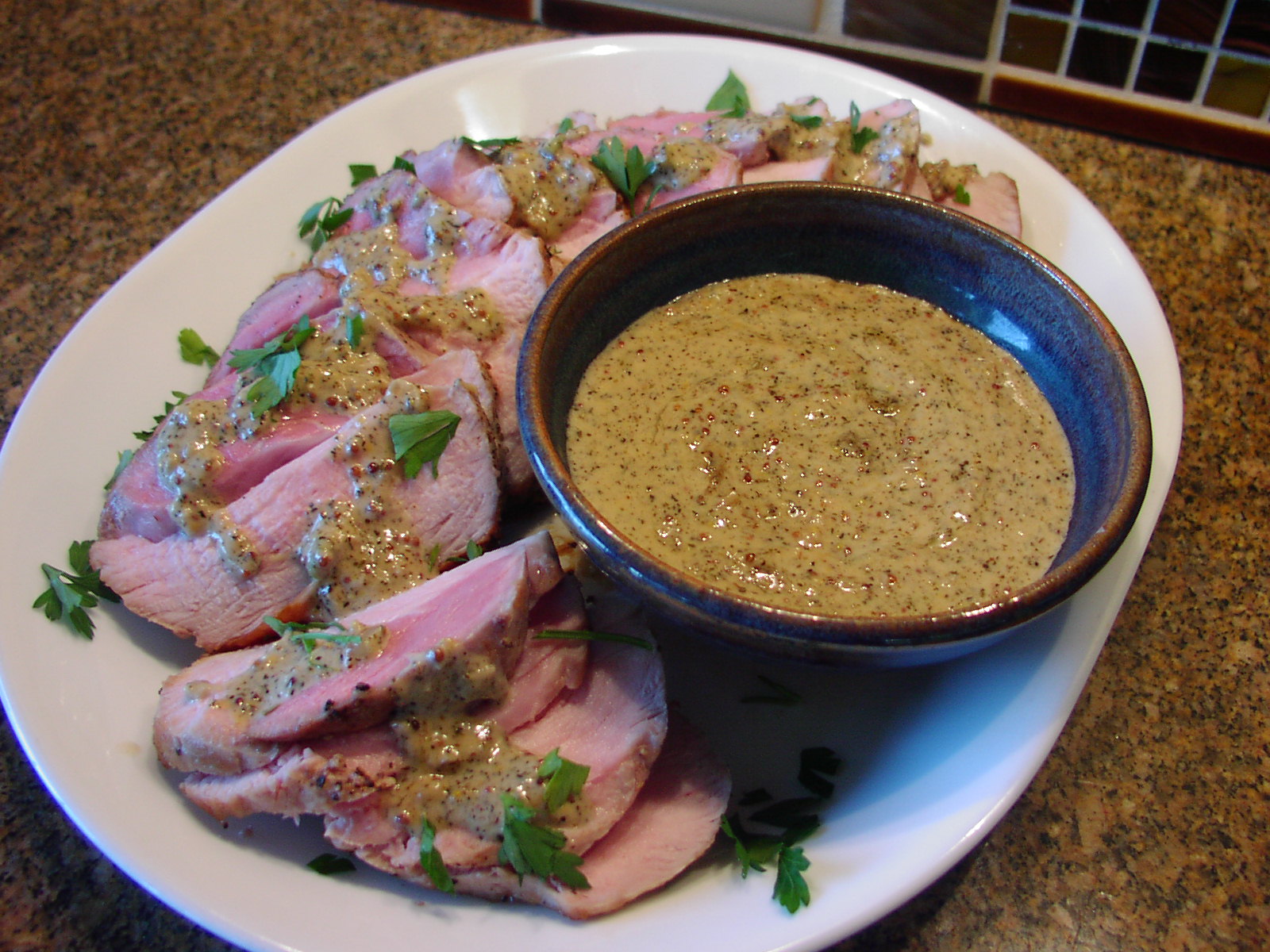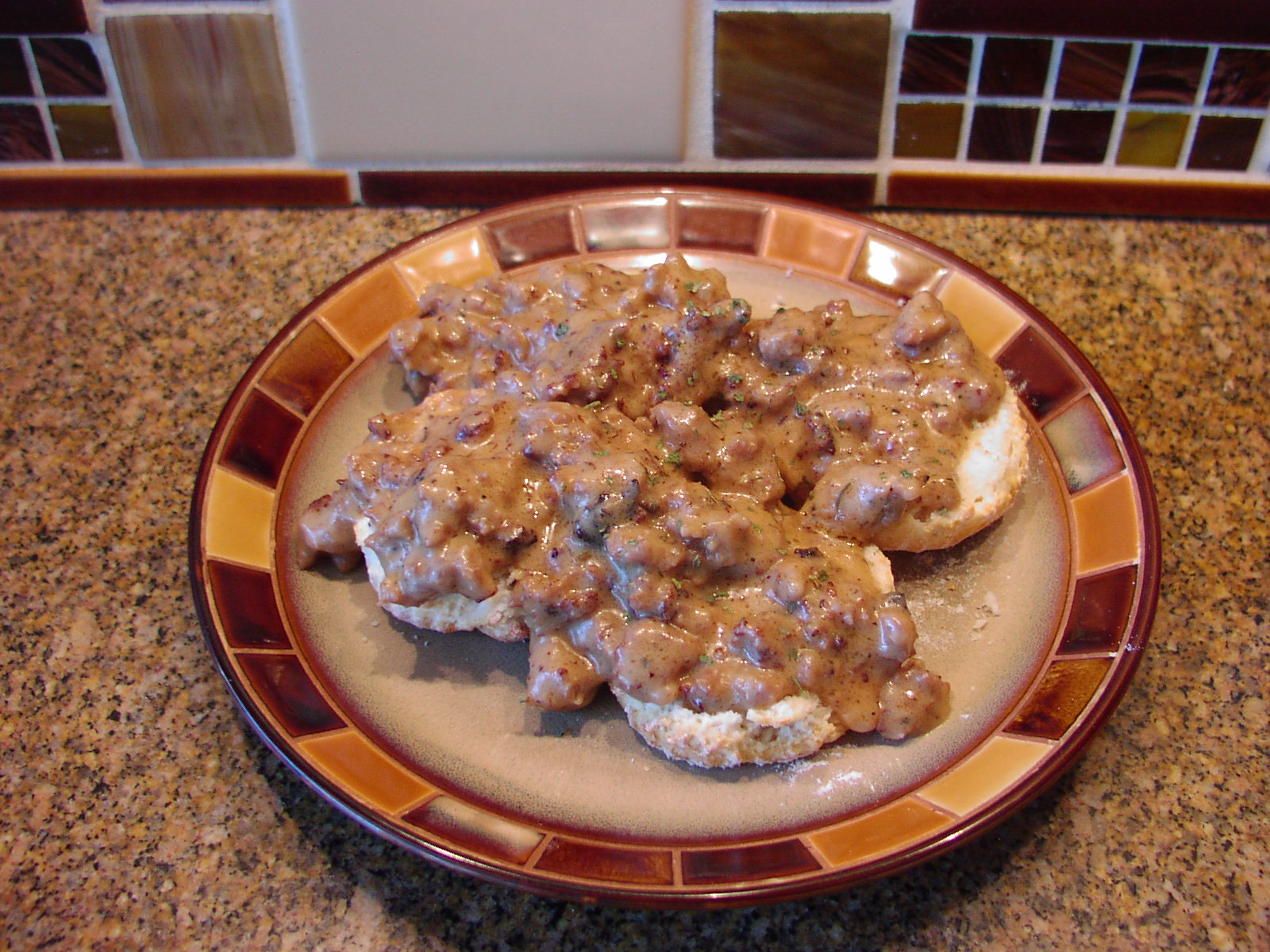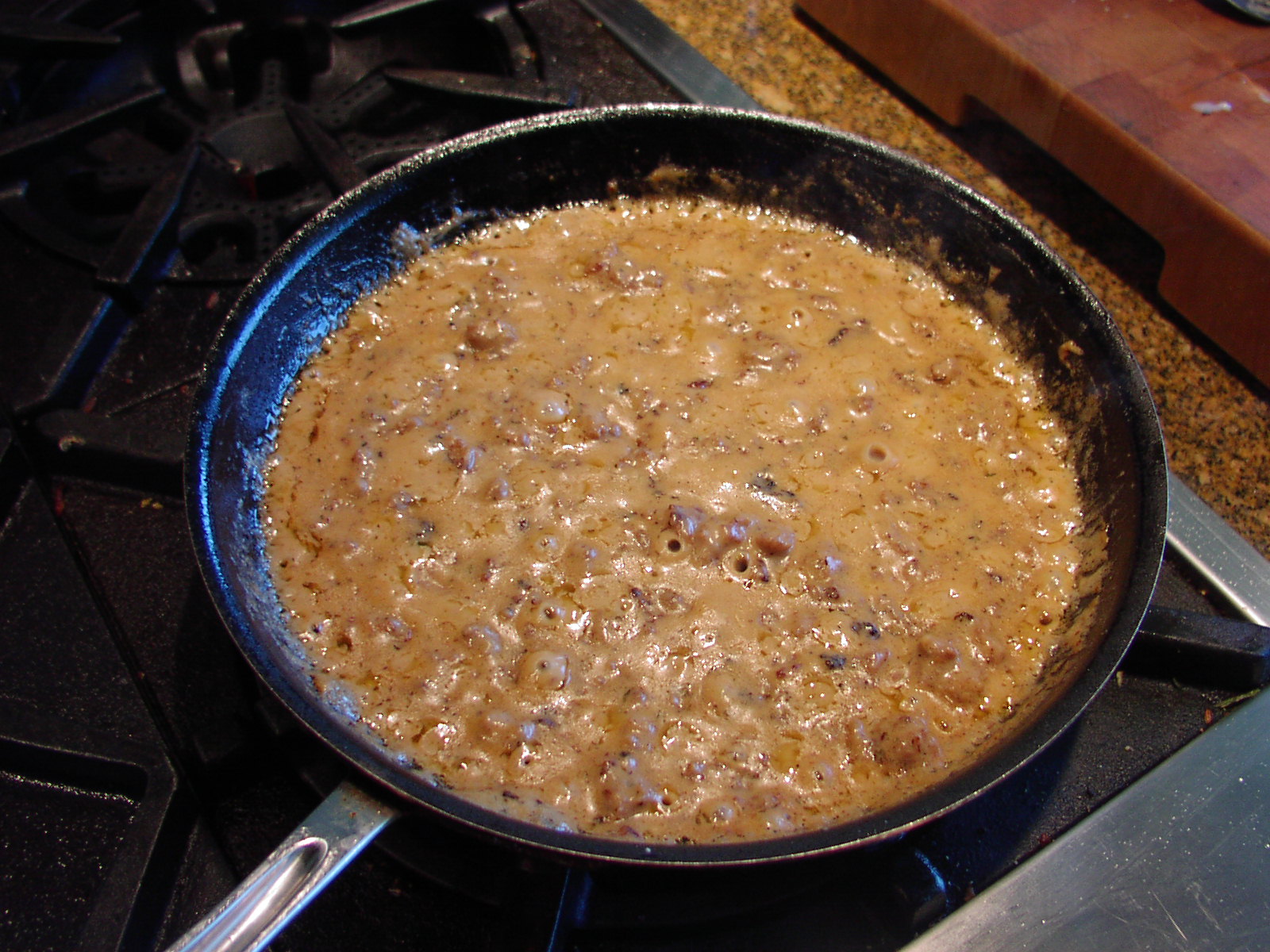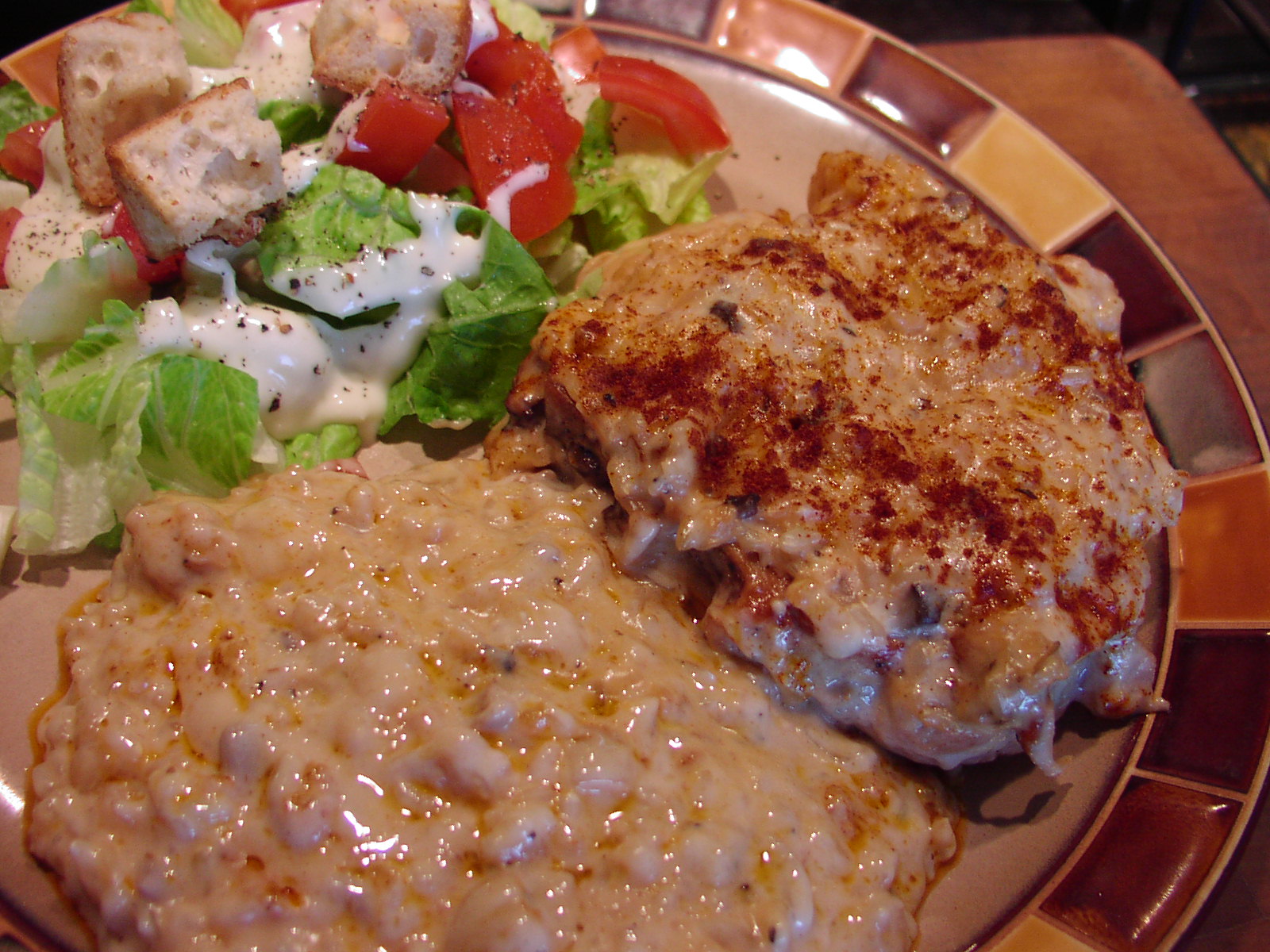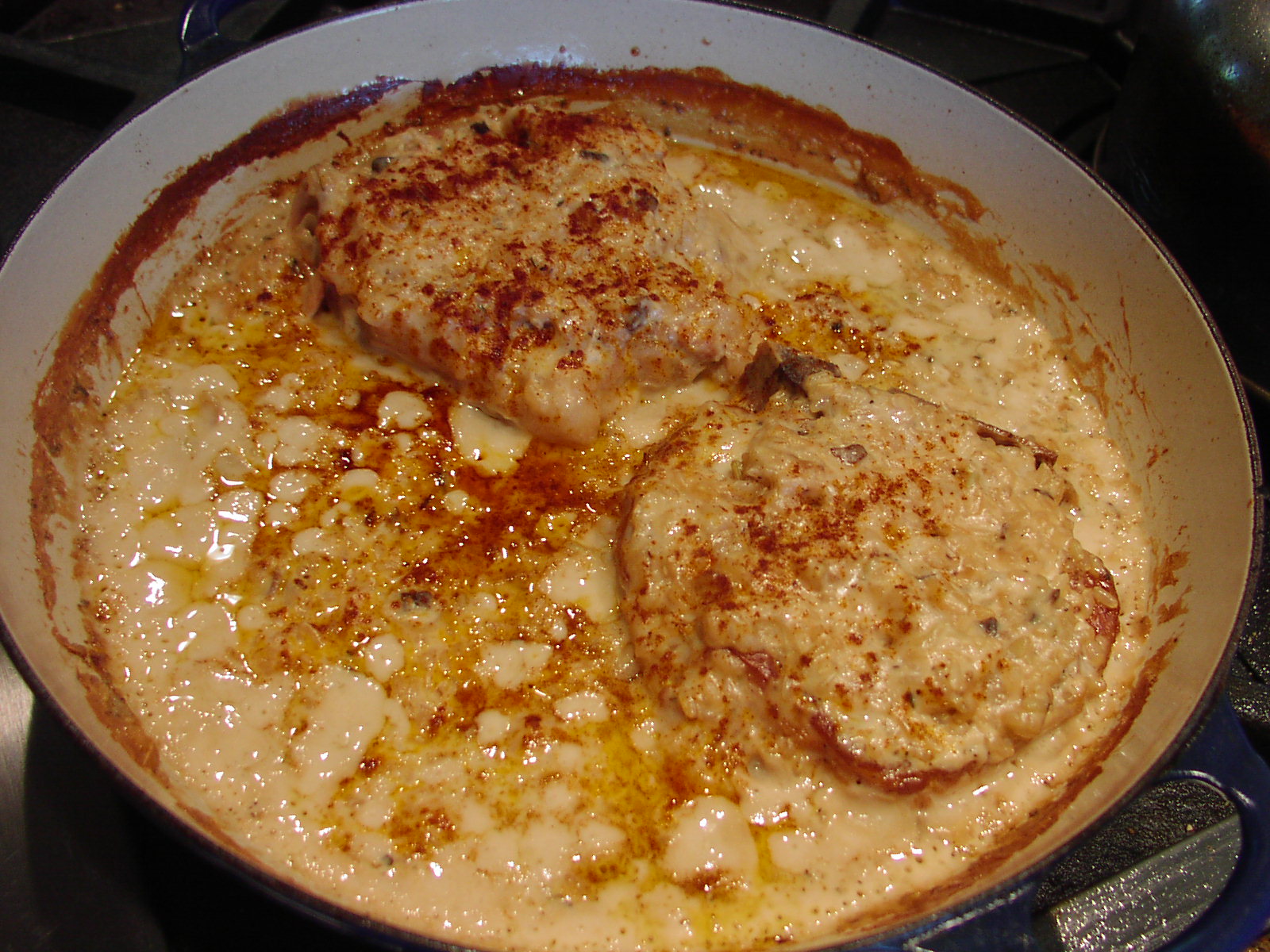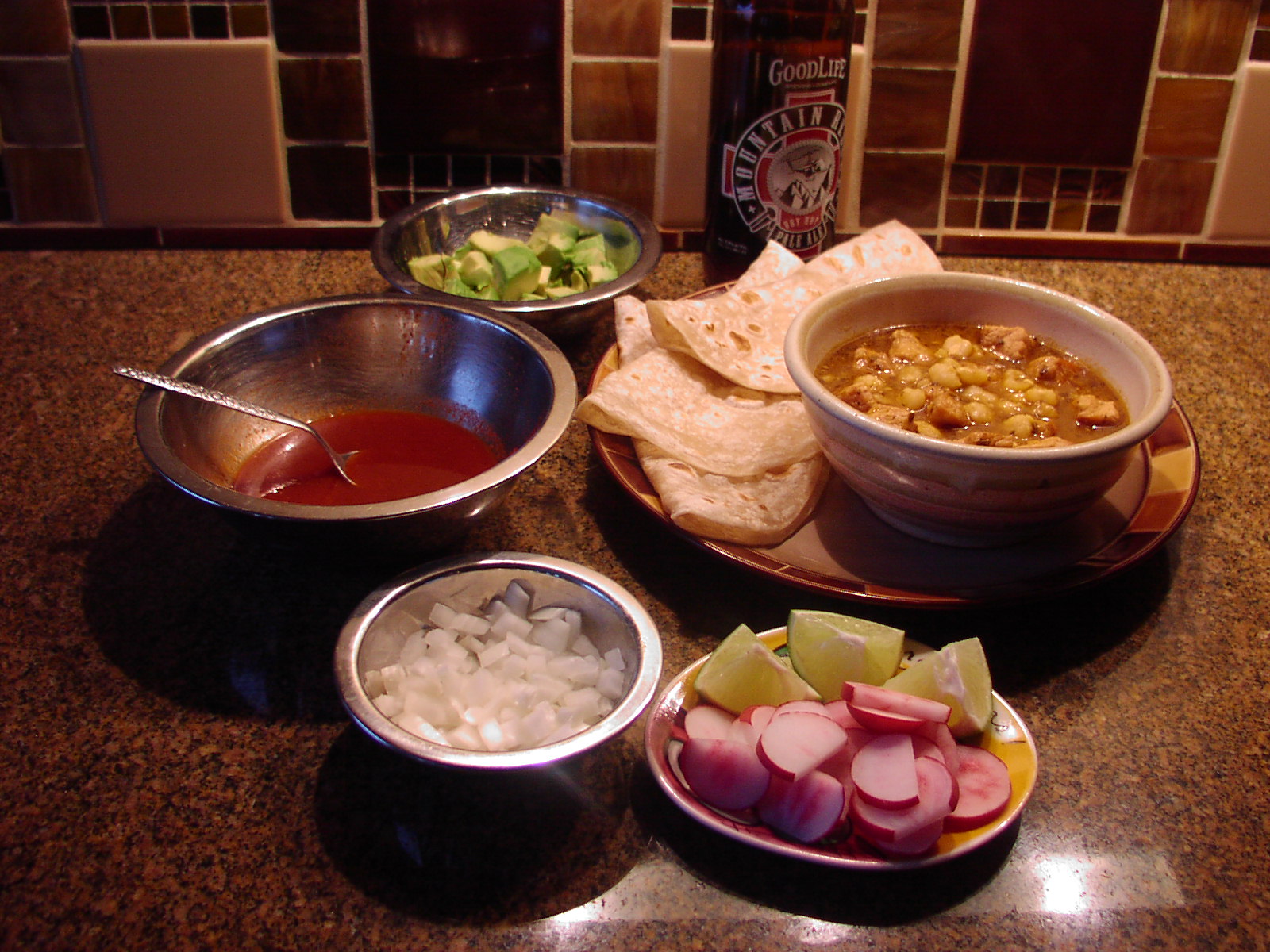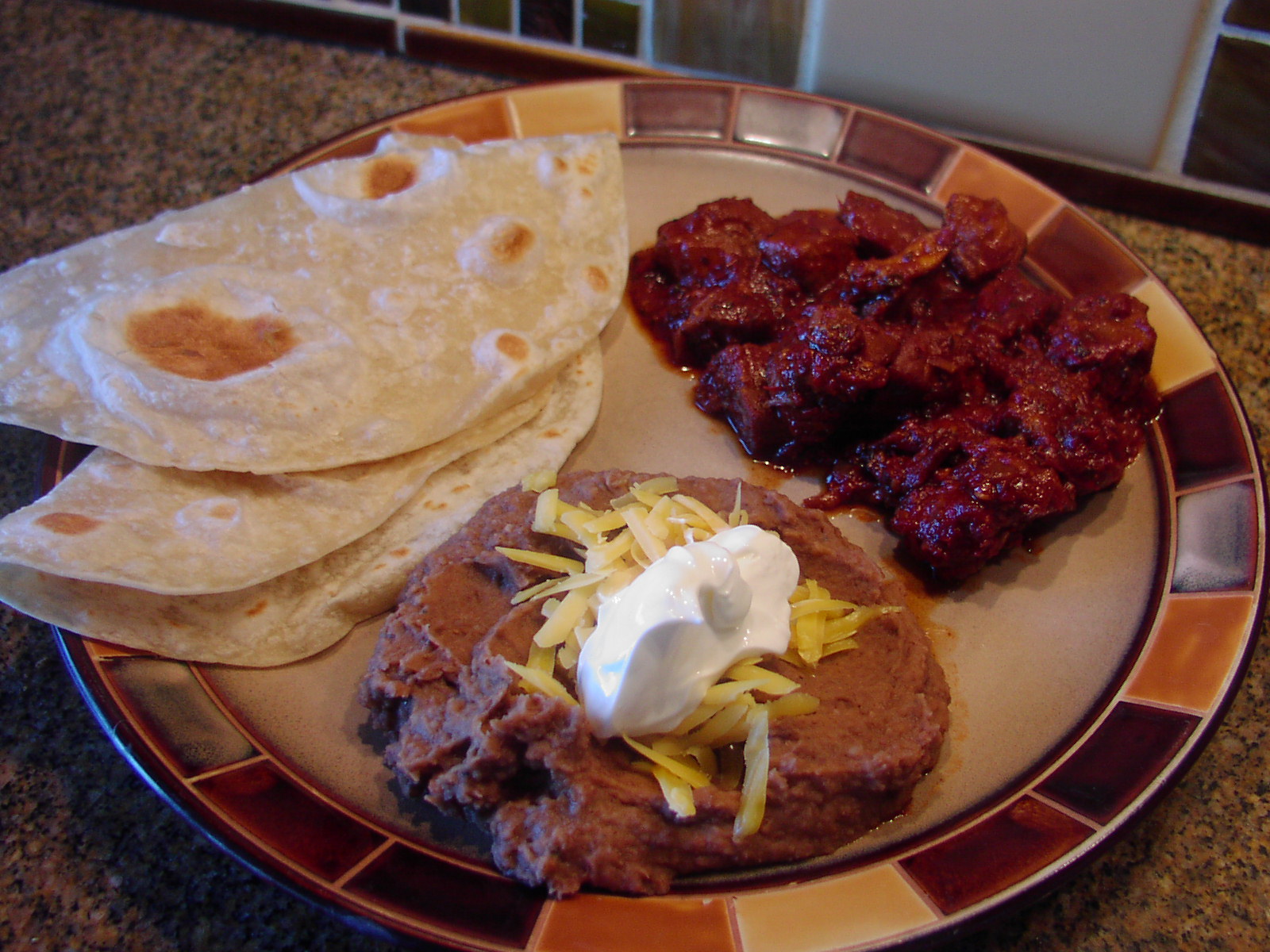Until I read the latest issue of Southern Living, I had never heard of Grillades. (Remember, I live in the Northwest corner of the US, so dishes like Grillades are not indigenous to our area.) But through the years I have learned to absolutely adore many of the dishes that have their roots in the South. (Thus my subscription to Southern Living!) So when I read the ingredients in the Grillades recipe, I was hooked immediately.
Grillades (pronounced ɡree-yahds) is a kind of meat stew typical of French regional and Cajun cooking. And at least in Cajun country, Grillades is most often served with grits. And since I am a true believer in the merits of grits, you can bet your best Squirrel Perlo recipe that if grits are even mentioned in conjunction with any given dish, I will be fixing them too!
So yesterday I decided it was the perfect day to tackle Grillades. But as some of you know, I almost never try a recipe until I have researched other recipes for the same dish. Especially if the dish is one that I have not previously tasted. I simply like to read what other cooks have included or excluded in their recipes so that I can better judge what might work best for our tastes. As a result, I didn’t change a thing in the Southern Living seasoning mix recipe. (Well that’s not entirely true. I did reduce the amount of cayenne from 1½ teaspoons to ½ teaspoon because I thought the original amount might be just too spicy for me. And I’m glad I did. The amount of cayenne I used was perfect for both of us.)
I did however change a couple of amounts and cooking methods from the magazine recipe based on other recipes I perused. For example, I changed thinly sliced pork to pork cubes. (Much easier to deal with.) But all in all, the recipe is basically as reported in the September 2015 edition of Southern Living.
Now comes the best part. When we sat down to dinner last evening, and each of us took our first bite, almost simultaneously we looked at each other and uttered the same three little words. OMG! We both exclaimed that this dish was one of the best things we had ever tasted.
So if you too are fans of Cajun cuisine, you have simply got to try this recipe. It is an all time winner at Chez Carr.
- 7 tsp. Creole Seasoning Mix for Grillades, divided (see recipe below)
- 2 lbs. boneless pork roast, cut into 1-inch pieces
- 1 c. unbleached all-purpose flour, divided
- 7 T. vegetable oil
- 1 med. yellow onion, chopped
- 1 c. chopped celery
- 1 lg. green bell pepper, chopped
- 2 lg. garlic cloves, finely minced
- 4 bay leaves
- 3 c. beef or chicken broth
- ½ c. dry red wine
- 1 (14.5-oz.) can diced tomatoes
- 1 T. Worcestershire sauce
- 1 tsp. dried thyme
- 1 tsp. kosher salt
- hot cooked Cheese Grits (see recipe below)
Sprinkle about 2 teaspoons of the seasoning mix on all sides of the pork cubes in a large bowl. In a gallon size freezer bag combine ½ cup of the flour and another 1 teaspoon of the seasoning mix together. Add pork to bag (don’t wash the bowl) and shake until all the cubes are coated.
Heat oil in a large heavy covered Dutch oven over medium-high heat. Add the pork, and fry for about 4 minutes on each side or until golden brown. (You will probably need to fry the pork in 2 batches.) Using a pair of tongs, transfer the browned pork back to the bowl where you coated the meat originally and reserve the drippings in the Dutch oven.
Sprinkle remaining ½ cup flour over drippings. Cook over high heat, whisking constantly, about 4 minutes or until mixture is medium brown. Immediately add the onion, celery, bell pepper, and garlic, and stir with a wooden spoon until well blended. Add bay leaves and the remaining 4 teaspoons of seasoning mix. Reduce heat slightly and continue cooking, stirring constantly, about 2 minutes.
Add the broth to vegetable mixture, stirring until well incorporated. Add wine, diced tomatoes, Worcestershire sauce, thyme, salt, and browned pork; bring to a boil over high heat. Reduce heat to low, cover, and cook, stirring often, about 90 minutes or until the meat is tender. Midway through, taste to check seasoning. Add additional salt and/or seasoning mix to taste. (I had to add more salt to mine.) Just before serving, remove bay leaves.
To serve, ladle a large serving of Grillades into a shallow bowl. Add a heaping spoonful of Cheese Grits on top and to the side. Serve immediately. (At our home, this is a meal unto itself. Nothing else to eat required. Of course a nice glass of wine to go with the Grillades is always welcome. Mr. C. recommends a hearty Cabernet-Sauvignon.)
CREOLE SEASONING MIX FOR GRILLADES
- 1½ tsp. onion powder
- 1½ tsp. granulated garlic
- 1 tsp. kosher salt
- 1 tsp. white pepper
- 1 tsp. freshly ground black pepper
- 1 tsp. paprika
- ½ tsp. dry mustard
- ½ tsp. dried thyme
- ½-1½ tsp. cayenne (depends on how much heat you like or can tolerate)
- ½ tsp. gumbo file
Combine all the ingredients and store in an airtight container.
CHEESE GRITS
- 1 tsp. kosher salt
- 5 c. water
- 1 c. hominy grits (I use Quaker brand Quick cooking grits)
- 3 T. unsalted butter
- 2 T. cream cheese
- ¼ c. grated Gruyère, Swiss, or Edam cheese
In a large saucepan over high heat, bring salt and water to a boil. Slowly whisk in the grits. Reduce the heat to low; cover and cook for 25 to 30 minutes, stirring occasionally to make sure the grits don’t stick to the bottom of the pan. (Grits are done when they have the consistency of smooth cream of wheat.) Remove from the heat and stir in the butter, cream cheese, and grated Gruyère. Season with salt to taste and serve warm.

